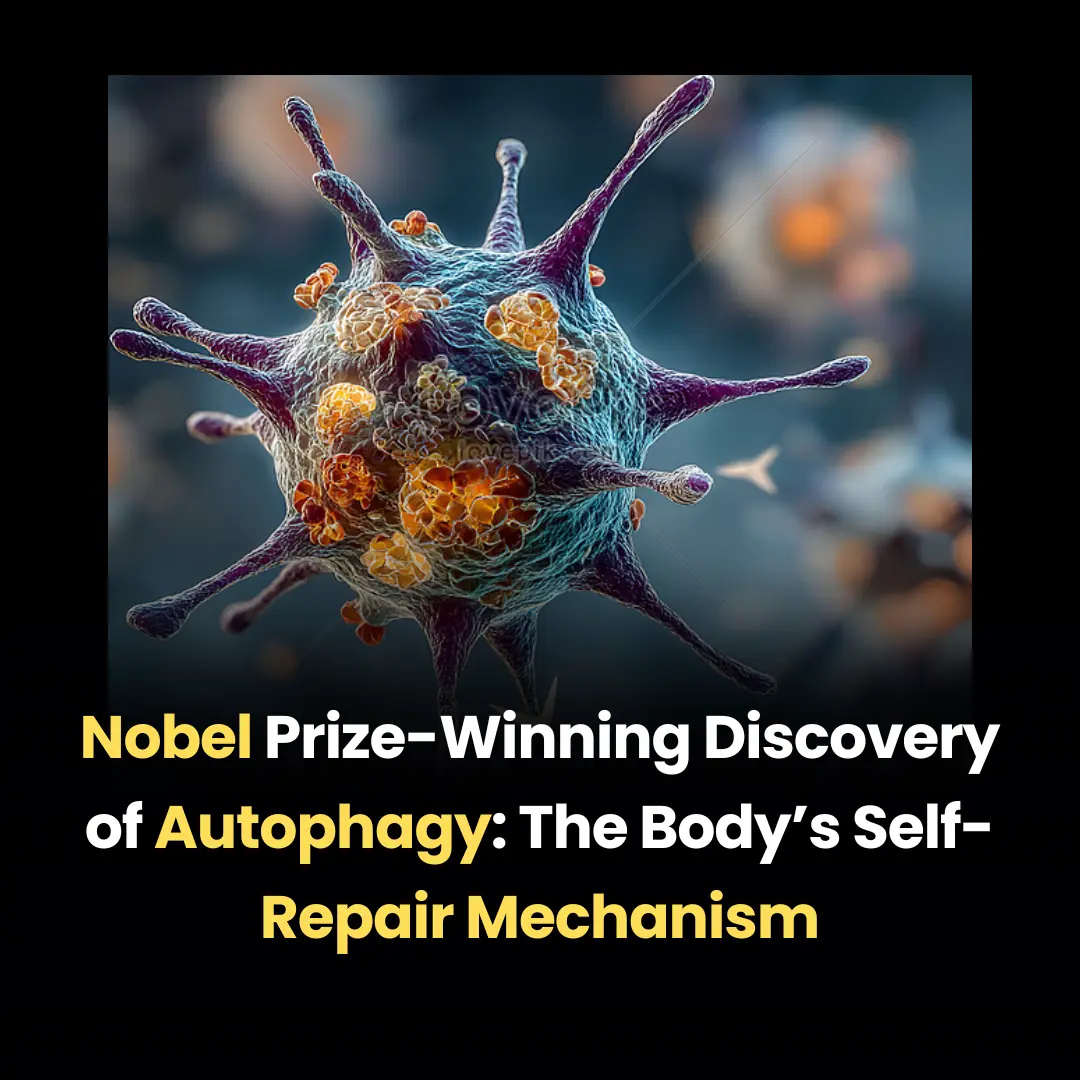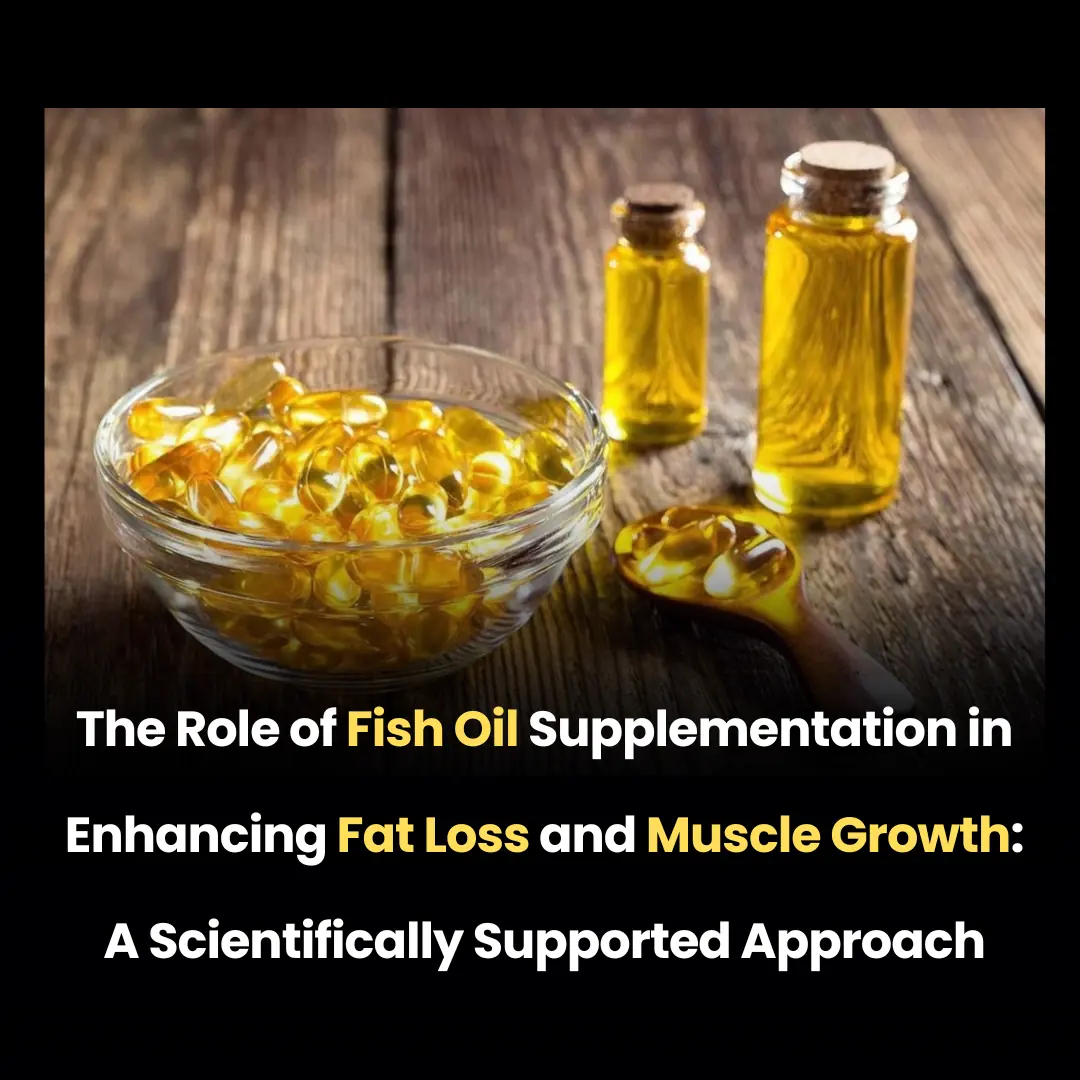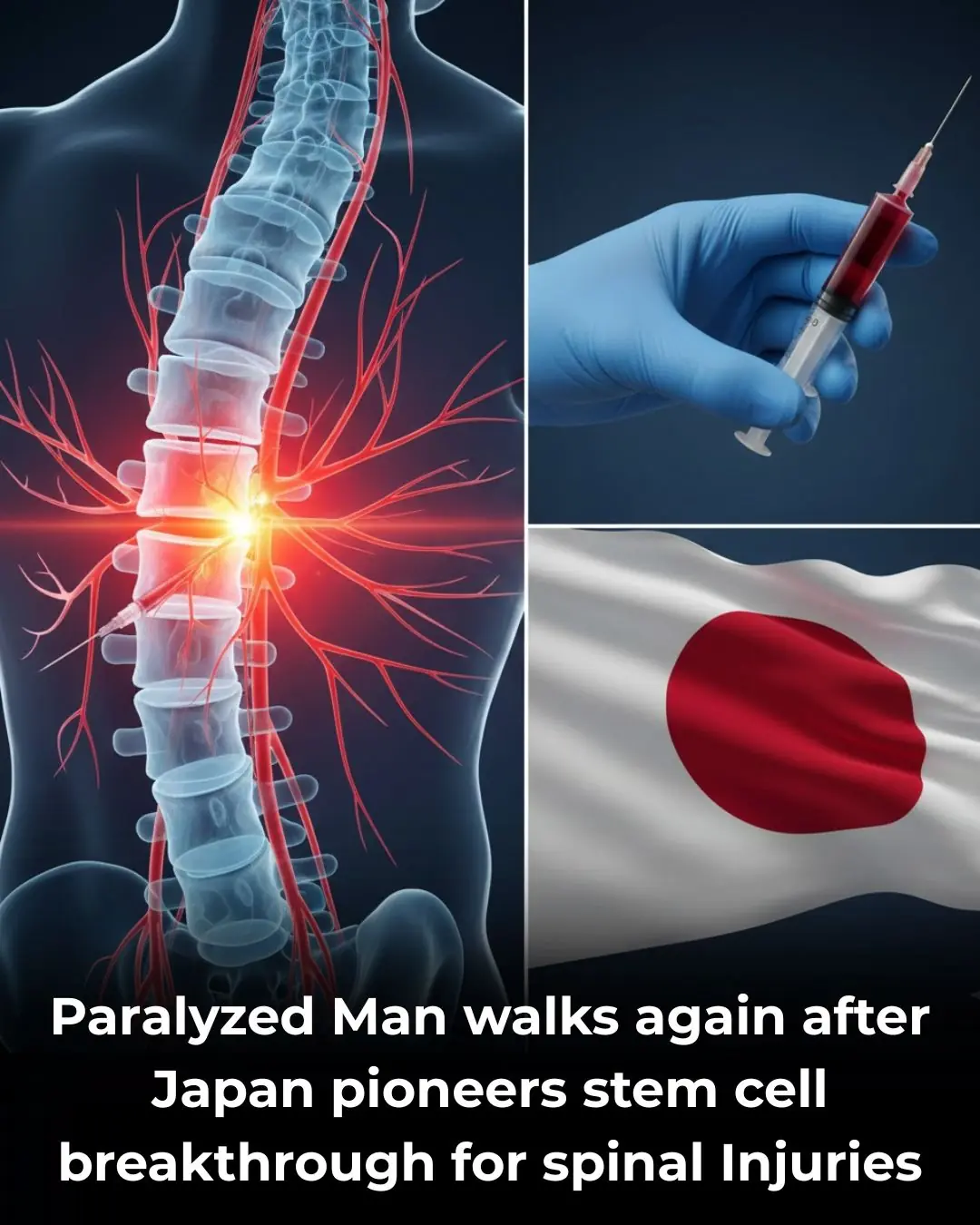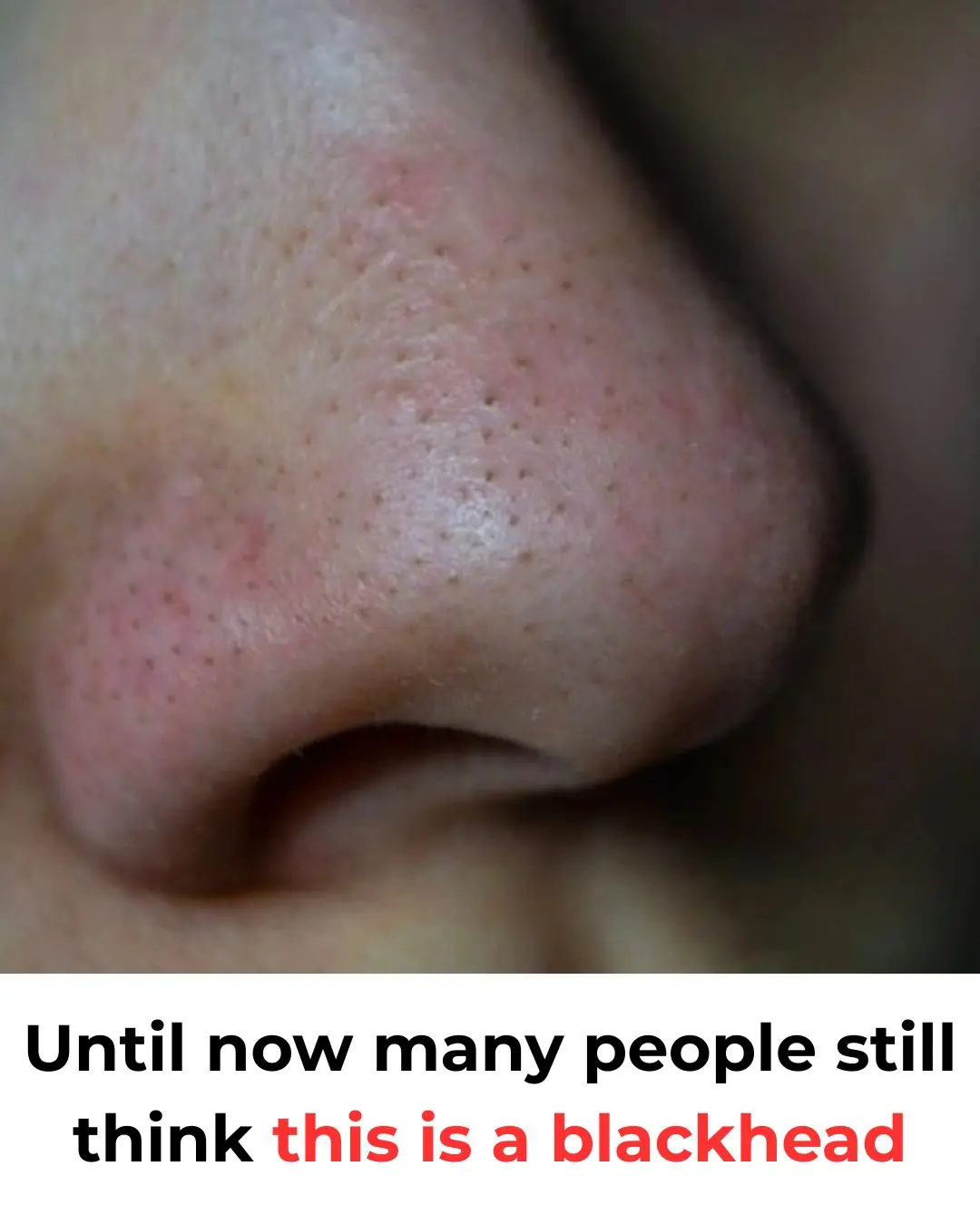
🧠 The Resilient Mind: A Case Study in Neuroplasticity Challenges the Limits of Human Cognition
The human brain, often regarded as the command center of our existence, is assumed to require structural integrity to maintain normal cognitive and physical function. However, a sensational medical case study originating from France dramatically challenged this understanding, providing profound evidence of the brain's extraordinary resilience and adaptability, a phenomenon known as neuroplasticity.
The case involved a 44-year-old man who presented to his doctor after experiencing only mild weakness in his left leg. What doctors discovered upon conducting routine brain imaging left the medical community stunned: detailed computerized tomography (CT) and magnetic resonance imaging (MRI) scans revealed that nearly 90% of his brain tissue was missing . The man's cranium was largely filled with cerebrospinal fluid (CSF), leaving only a thin rim of cortical tissue.
The Medical Revelation: Massive Hydrocephalus
The underlying cause of this massive tissue loss was identified as hydrocephalus ("water on the brain"). This condition, in which an excess accumulation of cerebrospinal fluid (CSF) occurs, typically exerts pressure on the brain, damaging the tissue. In this particular patient, it was believed that the condition had developed slowly, possibly starting in infancy or early childhood.
Ordinarily, such a profound loss of brain matter—specifically the gray and white matter responsible for processing sensory input, controlling motor functions, and housing complex cognitive processes—would result in severe, incapacitating physical and intellectual disabilities. Yet, the patient had been living a completely normal, functional life for decades. He was a married father of two, working as a civil servant, and exhibited no signs of cognitive or physical disability that would typically be associated with such a catastrophic structural deficit. His IQ, though low-normal, did not indicate severe intellectual impairment.
The Power of Neuroplasticity
Scientists and neurologists believe this case provides the most dramatic evidence to date of the brain's capacity to reorganize and adapt—a process termed neuroplasticity. Because the fluid buildup and subsequent brain compression occurred extremely slowly over many years, the remaining brain tissue was given an immense amount of time to compensate for the loss.
The intact, albeit highly compressed, neurons were able to gradually take over the functions that would normally be handled by the lost tissue. Functions that are usually spatially segregated across various regions of the cortex (such as language processing, memory formation, and motor control) were likely consolidated into the small, surviving regions of the brain. This gradual, functional reallocation showcases the incredible ability of the human mind to rewire itself to maintain essential operational capabilities.
Implications for Neuroscience and Cognition
This singular case has enormous implications for our understanding of brain structure, function, and resilience:
-
Challenging Localization Theory: It fundamentally challenges the strict principles of functional localization, the theory that specific areas of the brain are dedicated solely to specific functions. The patient’s normal life suggests that surviving tissue can be highly versatile, performing multiple roles simultaneously.
-
Highlighting CSF Dynamics: It encourages further research into the long-term effects of CSF dynamics and pressure on cortical tissue development and function.
-
Resilience of the Young Brain: While the extent of adaptation is remarkable, scientists hypothesize that the neuroplastic window of childhood was crucial. The young, developing brain is far more adaptable than the adult brain, allowing the slow-onset hydrocephalus to trigger this massive reorganization effectively.
The story of the French civil servant is more than a medical curiosity; it is a profound testament to the adaptability of the human brain. It affirms that the structure we are born with is less definitive than the extraordinary capacity for change, reminding us that the human mind's most potent quality might be its inherent ability to overcome what appear to be biological impossibilities.
📚 References
-
Feuillet, L., Dufour, H., & Pelletier, J. (2007). Brain of a Man Who Lived with Extremely Severe Hydrocephalus. The Lancet. (The original case report documenting the patient's condition).
-
Doidge, N. (2007). The Brain That Changes Itself: Stories of Personal Triumph from the Frontiers of Brain Science. (Popular science literature discussing neuroplasticity and its implications, often referencing this case).
-
Journal of Neurology, Neurosurgery & Psychiatry. (Academic journals frequently publishing case studies on neurological anomalies and brain function).
News in the same category


Breakthrough Drug Offers Hope for Restoring Vision by Repairing Nerve Insulation

Nobel Prize-Winning Discovery of Autophagy: The Body’s Self-Repair Mechanism

Dietary RNA: A Key to Slowing Cellular Aging and Promoting Longevity

The Role of Fish Oil Supplementation in Enhancing Fat Loss and Muscle Growth: A Scientifically Supported Approach

Dandelion Root Extract Shows Potential to Eliminate Up to 95% of Cancer Cells in 48 Hours

Meet the Solar-Powered Sea Slug: The First Animal Known to Photosynthesize!

13-Year-Old Boy's Heartwarming Act of Sacrifice: Buying His Mother a Car Through Hard Work and Compassion

Simple Ways to Reduce Nighttime Wake-Ups and Improve Sleep Quality.

🛡️ The Holy Grail of HIV Research: A Broadly Neutralizing Antibody Targets the Virus's Achilles' Heel

🌊 Harnessing the Ocean’s Power: Scientists Pioneer a Breakthrough in Turning Seawater into Emission-Free Hydrogen Fuel

🧬 Pioneering Hope: Japanese Researchers Achieve Historic Movement Restoration Using Stem Cell Therapy for Paralysis

🧊 The New Frontier in Oncology: MRI-Guided Cryoablation Offers Non-Invasive, Precision Cancer Treatment

🕷️ The Unexpected Side Effect: Neurotoxins in Brazilian Wandering Spider Venom and the Quest for New Medicines

Could Your Blood Type Be Influencing How You Age

Trump Gives Update on $2,000 Check Plan

Why Those Tiny Dots on Your Nose Are Completely Normal

The Netherlands Builds a 600-Meter Floating System to Clean Ocean Plastic: A Breakthrough for Global Marine Protection

✅ International Medical Recommendations for Treating Snakebites
News Post

What Happens If You Eat 4 Whole Eggs Every Day for 30 Days?

Thicker Thighs Linked to Lower Risk of Heart Disease and Diabetes, Study Finds

Breakthrough Drug Offers Hope for Restoring Vision by Repairing Nerve Insulation

Avoid Ginger If You Have THESE Health Problems

Nobel Prize-Winning Discovery of Autophagy: The Body’s Self-Repair Mechanism

Dietary RNA: A Key to Slowing Cellular Aging and Promoting Longevity

The Role of Fish Oil Supplementation in Enhancing Fat Loss and Muscle Growth: A Scientifically Supported Approach

Dandelion Root Extract Shows Potential to Eliminate Up to 95% of Cancer Cells in 48 Hours

Meet the Solar-Powered Sea Slug: The First Animal Known to Photosynthesize!

13-Year-Old Boy's Heartwarming Act of Sacrifice: Buying His Mother a Car Through Hard Work and Compassion

Living With a Rare Condition, a 25-Year-Old Faces One of Life’s Hardest Decisions

Simple Ways to Reduce Nighttime Wake-Ups and Improve Sleep Quality.

Aretha Duarte Makes History As First Black Latin American Woman To Climb Mount Everest

Doctors reveal the #1 supplement to reduce dementia risk

The Coffee Photo That Survived the War.

Issa Rae Opens New ‘Downtown Dough’ Pizzeria in L.A.

From Hardwood Hero to Human Inspiration: The Legacy of Rodney Rogers.

The step-by-step plan to drop 30 pounds quickly in 2025

The Weight Bryce Couldn’t Carry Alone.
